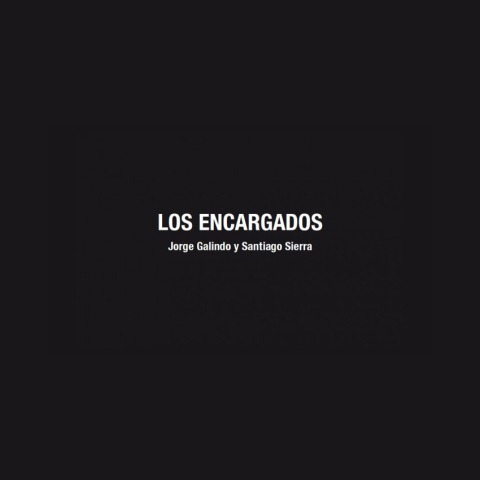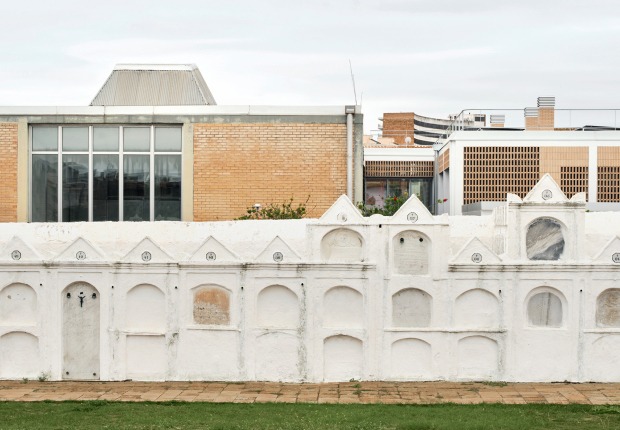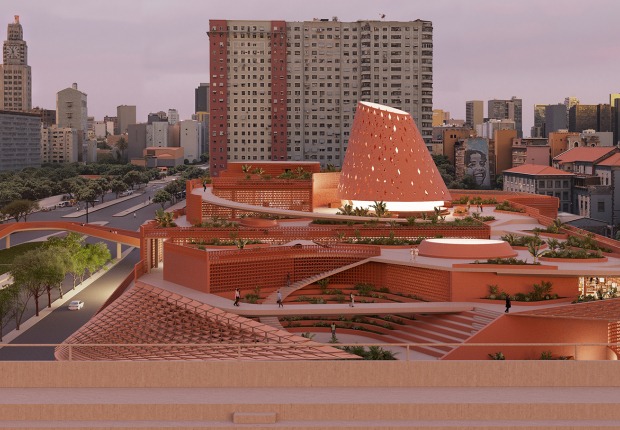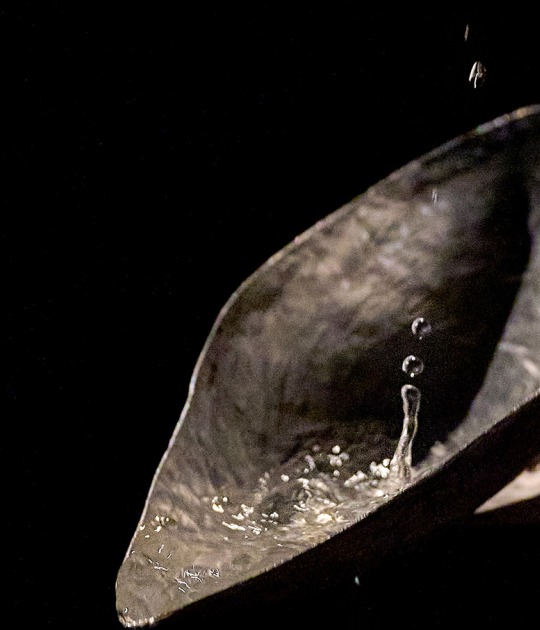“When the government violates the rights of the people, insurrection is for the people and for each portion of the people the most sacred of rights and the most indispensable of duties.”
Declaration of Rights of Man and Citizen —Paris, 23rd of June, 1793
The video shows seven black Mercedes Benz circulating in the Madrid's Gran Via, as if it were a funeral procession. Each carries, on the top, a huge portrait upside down. These are paintings made in black and white, ultra-realistic, oil finish, almost look like mug shots, King Juan Carlos and the six presidents of Spain since the restoration of democracy. The procession walks to the beat of the Varsoviana Soviética, song that was adapted as a hymn (A las barricadas) by Spanish anarcho-syndicalists.
The video, which was shot last summer in August and early in the morning (without, apparently, any authority found out Madrid), is now displayed in the Galería Helga de Alvear, as the centerpiece of the exhibition Los Encargados, an artistic action of Jorge Galindo (1965) and Santiago Sierra (1967), which would point to the "responsible" for the Spanish extreme situation.
Allies from the eighties, when they formed the duo of graffiti Command Madrid, Sierra and Galindo qualify "Los Encargados" as an exhibition "revenge" and "counter-propaganda" that intends to point out, uncomfortable and respond to power with an art performance critic and without gag.
Venue.- Helga de Alvear Gallery. C/ Doctor Fourquet, 12. 28012 Madrid. Spain. T. +34 91 468 0506.
Dates.- 17/01 > 02/03/2013
































